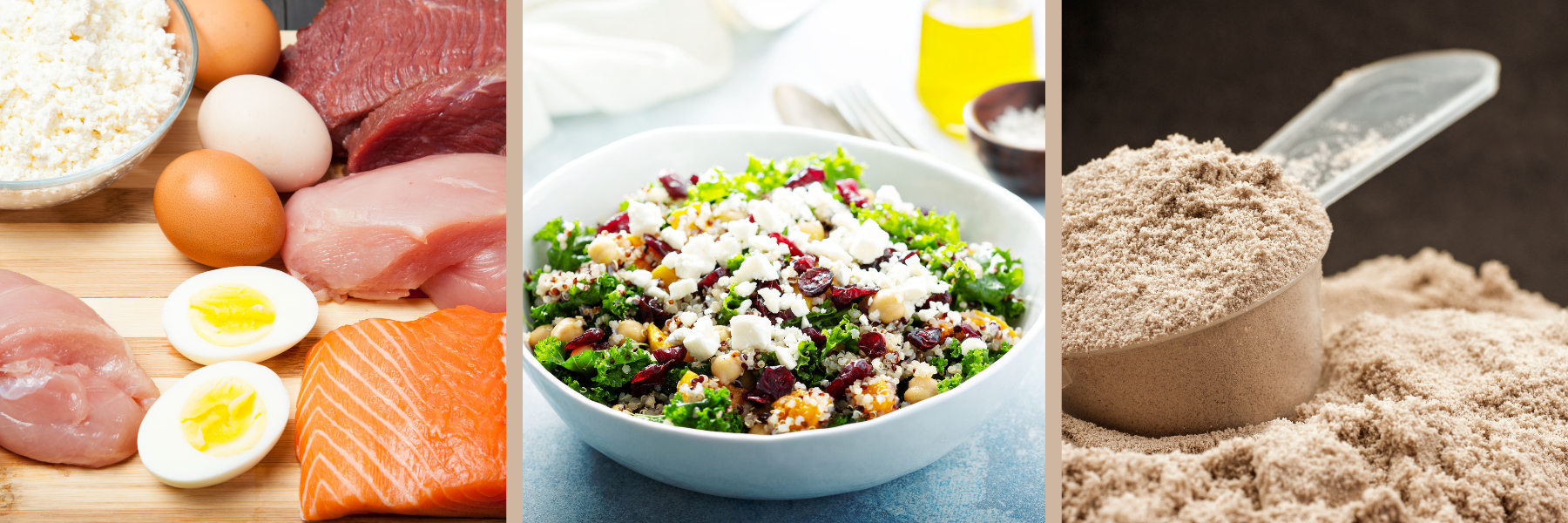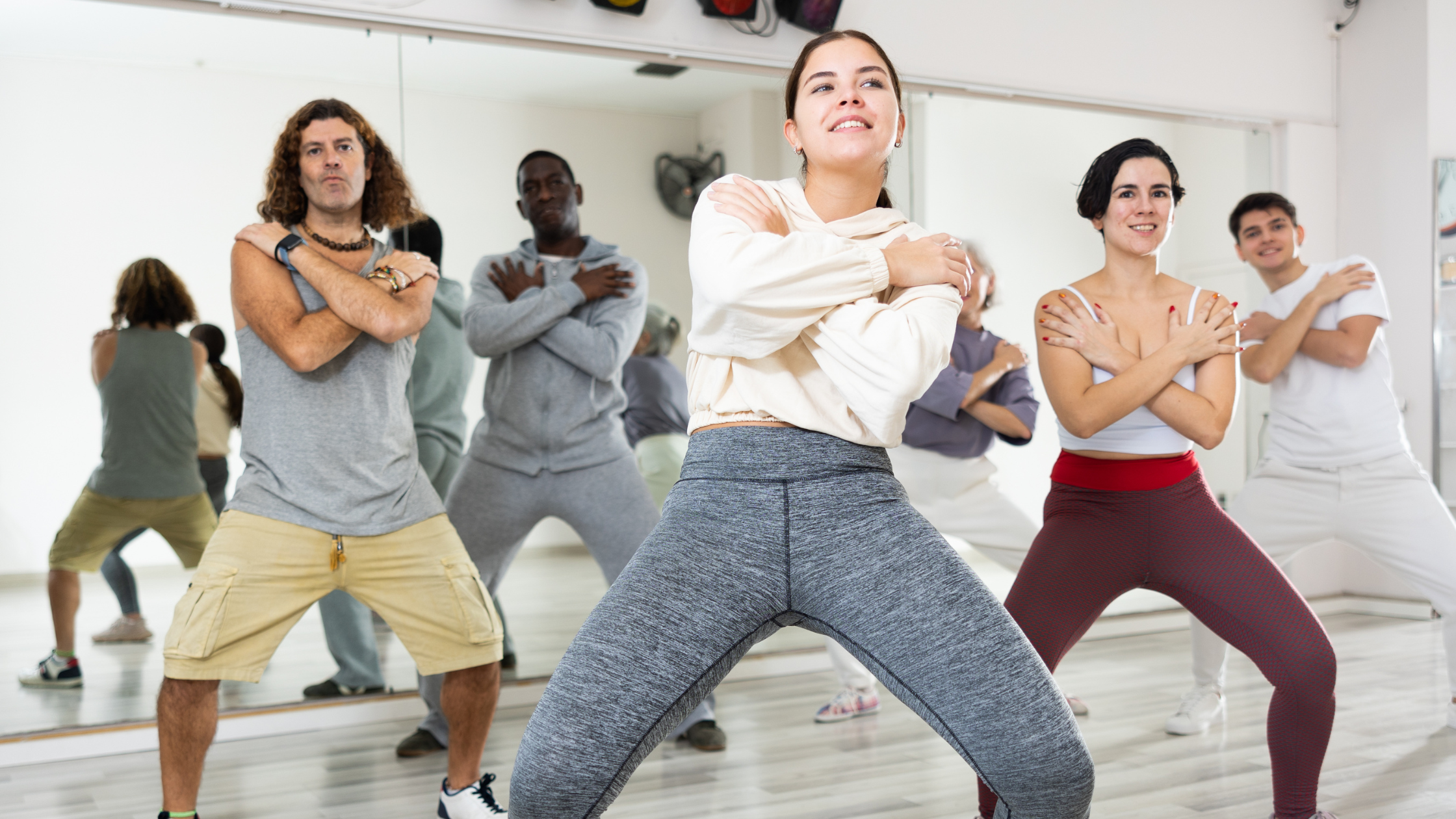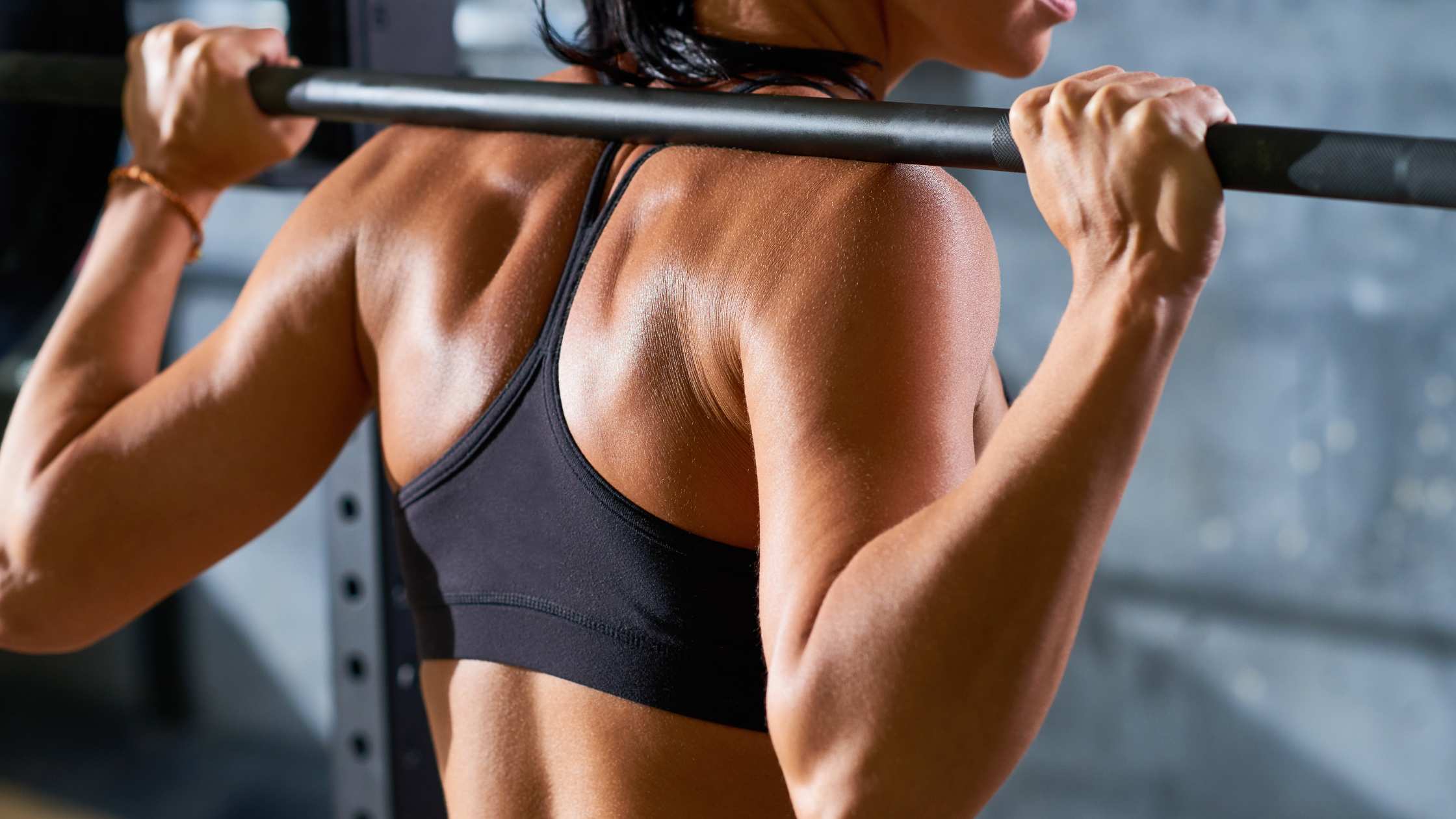When it comes to building muscle, most people immediately think of lifting weights and pounding protein shakes. While training hard and eating right are essential, true muscle-building success depends on two biological powerhouses working behind the scenes: protein and hormones.
These two forces orchestrate your muscles’ growth, repair, and recovery. Without the right balance of both, all those reps and sets might not deliver the gains you’re working so hard for. Let’s dive into how protein and hormones work together to build stronger, leaner muscle.
Protein: The Raw Material for Muscle Growth
Muscle is made of protein, plain and simple. Every time you challenge your body with resistance training, you create tiny microtears in your muscle fibers. Your body responds by repairing these tears, and that’s where protein comes in.
Why Protein Matters?
Protein provides the amino acids your body needs to:
- Rebuild damaged muscle fibers
- Grow new muscle tissue
- Support immune and cellular function during recovery

How Much Do You Need?
The general recommendation for muscle building is about 1.2 to 2.2 grams of protein per kilogram of body weight per day, depending on your level of training. Consuming protein throughout the day, especially after workouts, helps maximize muscle protein synthesis.
Best Protein Sources
- Animal-based: Chicken, turkey, eggs, fish, lean beef, dairy
- Plant-based: Lentils, chickpeas, quinoa, tofu, tempeh, edamame
- Supplements:
Hormones: The Silent Architects of Muscle
While protein is the raw material, hormones are the construction managers. These chemical messengers regulate how your body uses the protein you eat and when to build or break down muscle tissue.
Key Hormones in Muscle Growth
- Testosterone:
Often dubbed the king of muscle-building hormones. It enhances protein synthesis and helps activate satellite cells (muscle stem cells) to support muscle repair and growth. - Growth Hormone (GH):
Released during deep sleep and intense exercise, GH stimulates tissue growth, fat metabolism, and recovery. - Insulin:
Not just a blood sugar regulator—insulin plays a critical role in nutrient transport, helping shuttle amino acids and glucose into your muscle cells post-workout. - Cortisol:
The stress hormone. In excess, it breaks down muscle tissue. High cortisol levels can sabotage your muscle gains if not managed through rest and recovery.
How Protein and Hormones Work Together
Here’s where the magic happens:
When you eat protein after a workout, your body breaks it down into amino acids. These amino acids, combined with exercise-induced hormonal signals like elevated testosterone and growth hormone, stimulate muscle protein synthesis—the process of building new muscle fibers.
Timing is Key
- Post-workout: A protein-rich meal or shake within 30–60 minutes of your workout helps capitalize on your body’s hormonal peak.
- Pair with carbs: Adding complex carbs post-workout can boost insulin levels, helping drive amino acids into your muscles for faster repair.
Practical Tips for Muscle Gains

Eat Smart
- Aim for 20–30 grams of protein per meal.
- Include protein in snacks: Greek yogurt, boiled eggs, protein bars.

Train Right
- Prioritize strength training with progressive overload.
- Incorporate compound movements like squats, deadlifts, and bench presses.

Recover Well
- Get 7–9 hours of quality sleep to support growth hormone release.
- Manage stress to keep cortisol in check.

Supplement Wisely
- Whey protein is fast-digesting and ideal post-workout.
- Casein is slow-digesting—great before bed to aid overnight muscle repair.
- Creatine and BCAAs can also support muscle growth when used properly.
Conclusion
Muscle-building isn’t just about lifting heavy or eating more—it’s about creating the perfect internal environment for growth. Protein gives your body the building blocks, while hormones guide the entire process. Mastering both can take your results to the next level, helping you train smarter and recover better.
So, the next time you step into the gym or plan a high-protein meal, remember: you’re not just working your muscles—you’re engaging the maestros of muscle-building.





